Conservation Practices
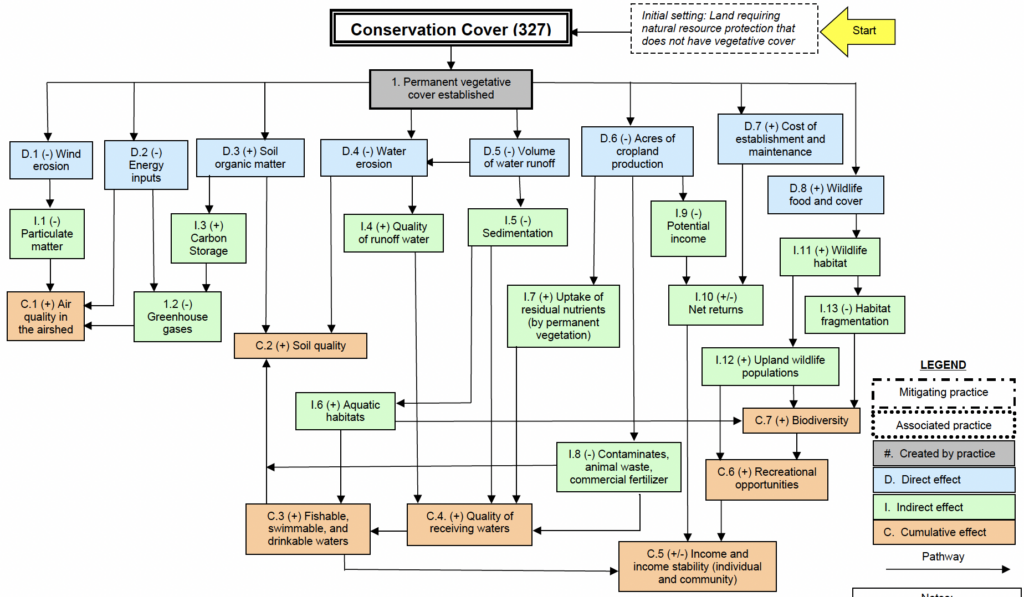
Switchgrass is a warm-season grass that is native to the Midwest prairie region. Switchgrass is known for robust above ground growth and having a deep and elaborate root system. This root system helps in making the soils more porous, capturing nutrients, replenishing water tables, and binding carbon from the air back into the soil. It is also this vigorous below ground growth of the root system that takes more time for above ground biomass than quickly growing annuals, like sorghum for example. Care of the planting the first two years of establishment becomes critical. Mowing in the first two years of establishment will be conducted as needed and fields scouted for weed pressure.
The Climate Smart Switchgrass Cropping System (CSSCS) follows the NRCS 327 (conservation cover and/or the 512 (forage and biomass) standards and specifications for establishing switchgrass; and, as much as possible, no-till site preparation and seeding methods are used to minimize soil disturbance. Select cultivars of switchgrass are used and planted at rates to help ensure a successful stand.
Learn more on the Conservation Cover Conservation Practice Standard website.
Economic and Environmental Benefits

The U.S. Department of Energy (DOE) Landscape Design for Bioenergy [6MB PDF] project examined the economic and environmental impact of energy crop systems in the agricultural landscape:
Case study No. 16: Biomass production can improve water quality by reducing soil erosion, nitrogen and phosphorus losses to waterbodies in the modeled watersheds. Projected reductions in nutrient and sediment losses were as high as 60 to 70% (riparian buffer), 20 to 30% for nitrogen (stover harvest with cover crop) and 20 to 40% for phosphorus (riparian buffer and stover harvest with cover crop).
Case study No. 3: Modeling by Oak Ridge National Laboratory scientists indicated that biodiversity in Iowa would increase by 8% if all low ROI acres were converted to grassland. Riparian areas often are low ROI, which supports introduction of bioenergy riparian buffers.
Argonne National Laboratory has continued on with efforts to show how perennial crop systems can improve the resiliency and sustainability of agricultural landscapes.
Learn more about switchgrass economic and environmental benefits.
Assessing the Feasibility of Alternative Switchgrass Markets on Maryland’s Eastern Shore by Environmental Finance Center, University of Maryland. [3.5MB PDF]
Nutrient Loading in the Chesapeake Bay and Local Water Bodies
Switchgrass reduces nutrient loading to the Chesapeake Bay, local streams and rivers while softening the impacts of fossil fuel use. The grass is fast-growing, requires little if any fertilizer, has deep root systems that absorb nutrients and reduce erosion. It can be harvested without replanting for up to ten years.
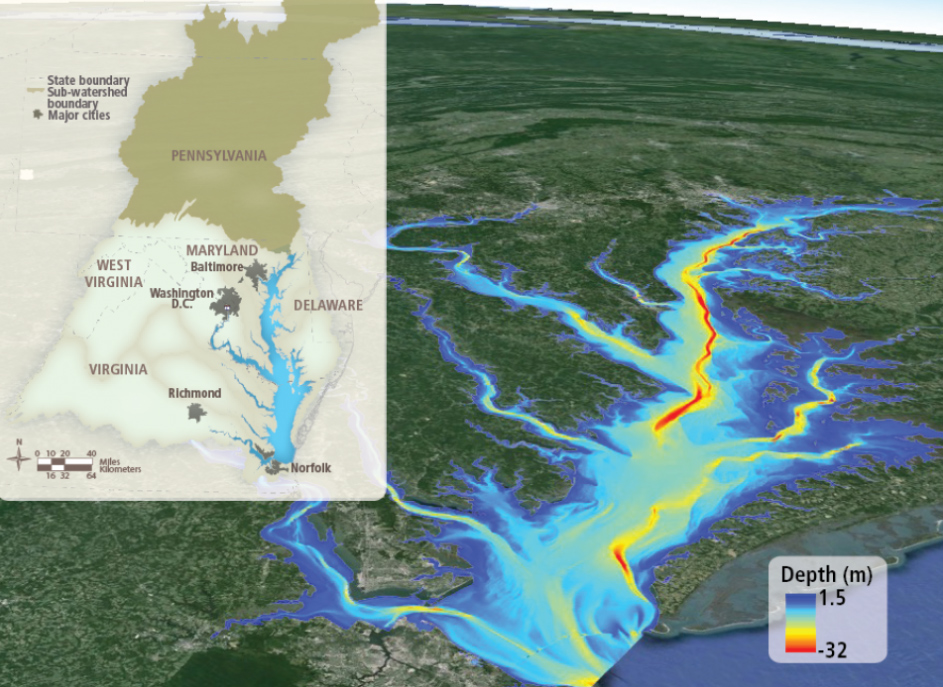
Learn more from the Chesapeake Bay Program and Virginia DCR Soil & Water Conservation Program.
Biomass for Improving Chesapeake Bay Water Quality
Payments for ecosystem services can help reduce nutrient loading to the Chesapeake Bay while providing sustainable feedstock supplies for biofuels and biobased products.
Farm Landscape Design Decision Support
A dissertation on decision supports that affect farm landscape design with the goal of increased economic, environmental and social benefits. Support factors include using stakeholder engagement, sustainability assessment and spatial analysis.
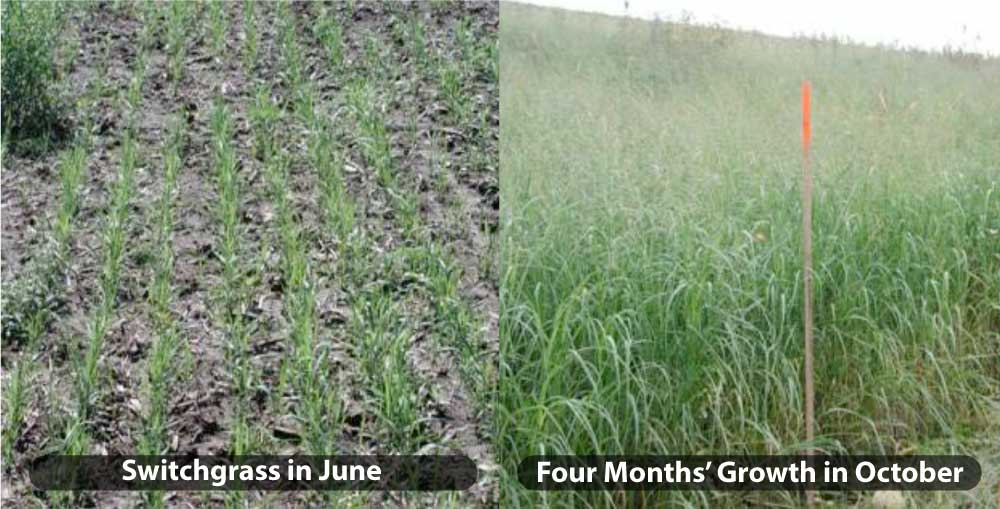
Establishment and Managing Switchgrass
Renz, Undersandler and Casler
Switchgrass (Panicum virgatum) is a vigorous warm season, native perennial grass adapted to
Wisconsin and planted for many purposes including livestock grazing, wildlife cover, and as a biofuel crop.
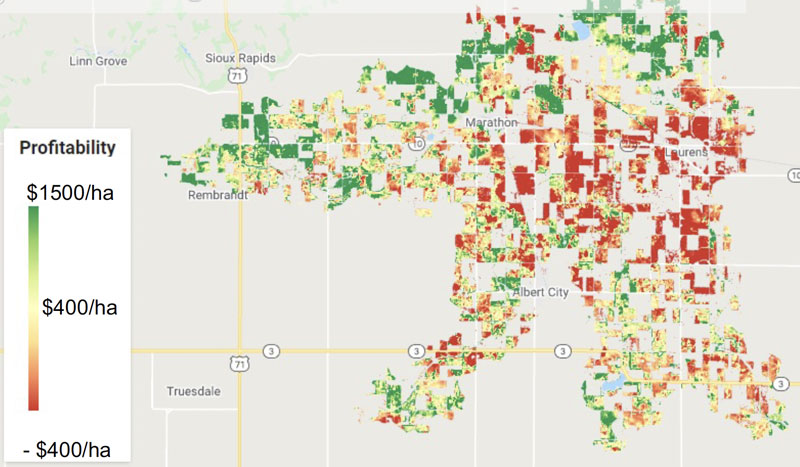
Farm Landscape Design Decision Support
Vazhnik
Support farmer decisions for sustainable landscape designs to meet their priorities using stakeholder engagement, sustainability assessment, spatial analysis and optimization.
Proper Management Controls Net GHGs
This long-term field study is the first to demonstrate that annual crop and perennial grass systems respectively maintain or mitigate atmospheric GHG contributions during the agronomic phase of bioenergy production, providing flexibility for land-use decisions on marginally productive
croplands.
Native Warm Season Grasses for Habitat
Native warm season grasses including switchgrass offer conservation and environmental benefits including habitat creation, erosion control, soil health and water quality improvement.
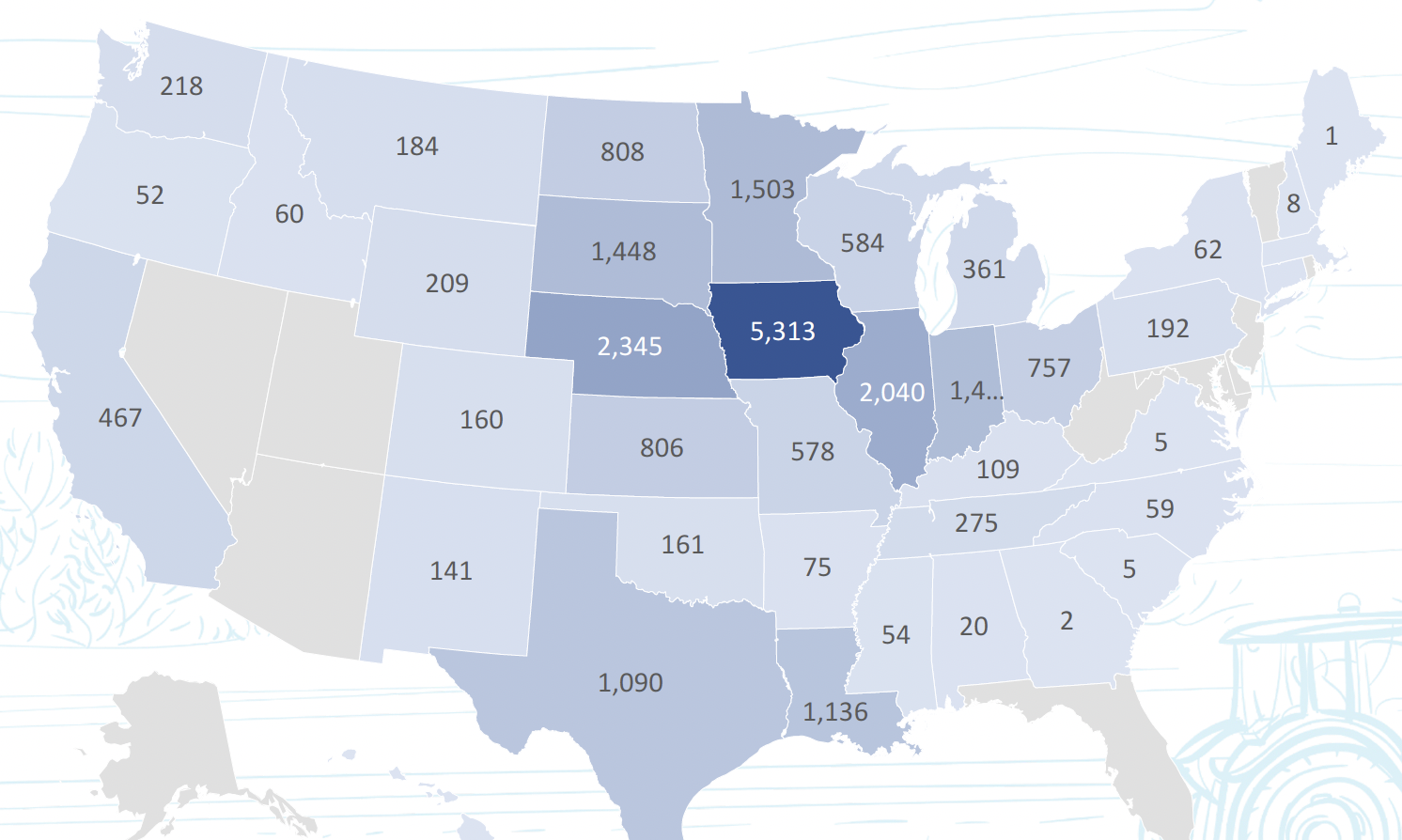
Opportunities for US Farmland in a Net Zero World
Muth
Charts, graphs and data on Total global consumption of fossil fuels; Total global GHG emissions; Global investment in energy transition by sector; Wind production in the US and Iowa; Solar acres; Biofuels production; Renewable fuels by state; Carbon storage context; and others.
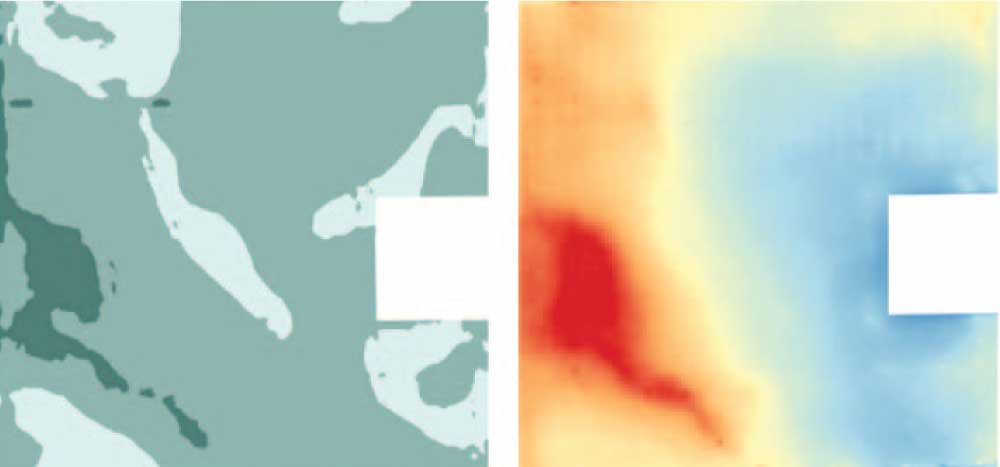
Profitability versus environmental performance
Muth
Support farmer decisions for sustainable landscape designs to meet their priorities using stakeholder engagement, sustainability assessment, spatial analysis and optimization.
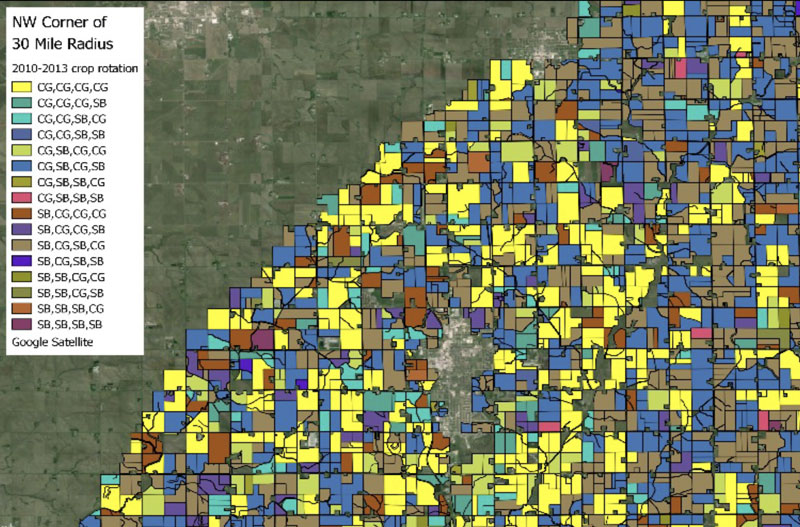
Where Conservation and Profitability Meet
Muth
Objectives: increase biomass production for energy uses; Improved environmental performance through energy crop integration; Practical system designs; Economically advantageous system designs; Understanding impacts of subfield variability on profit; Identifying the impact and opportunity; Data and analysis; Four economic opportunities to deploy conversion.
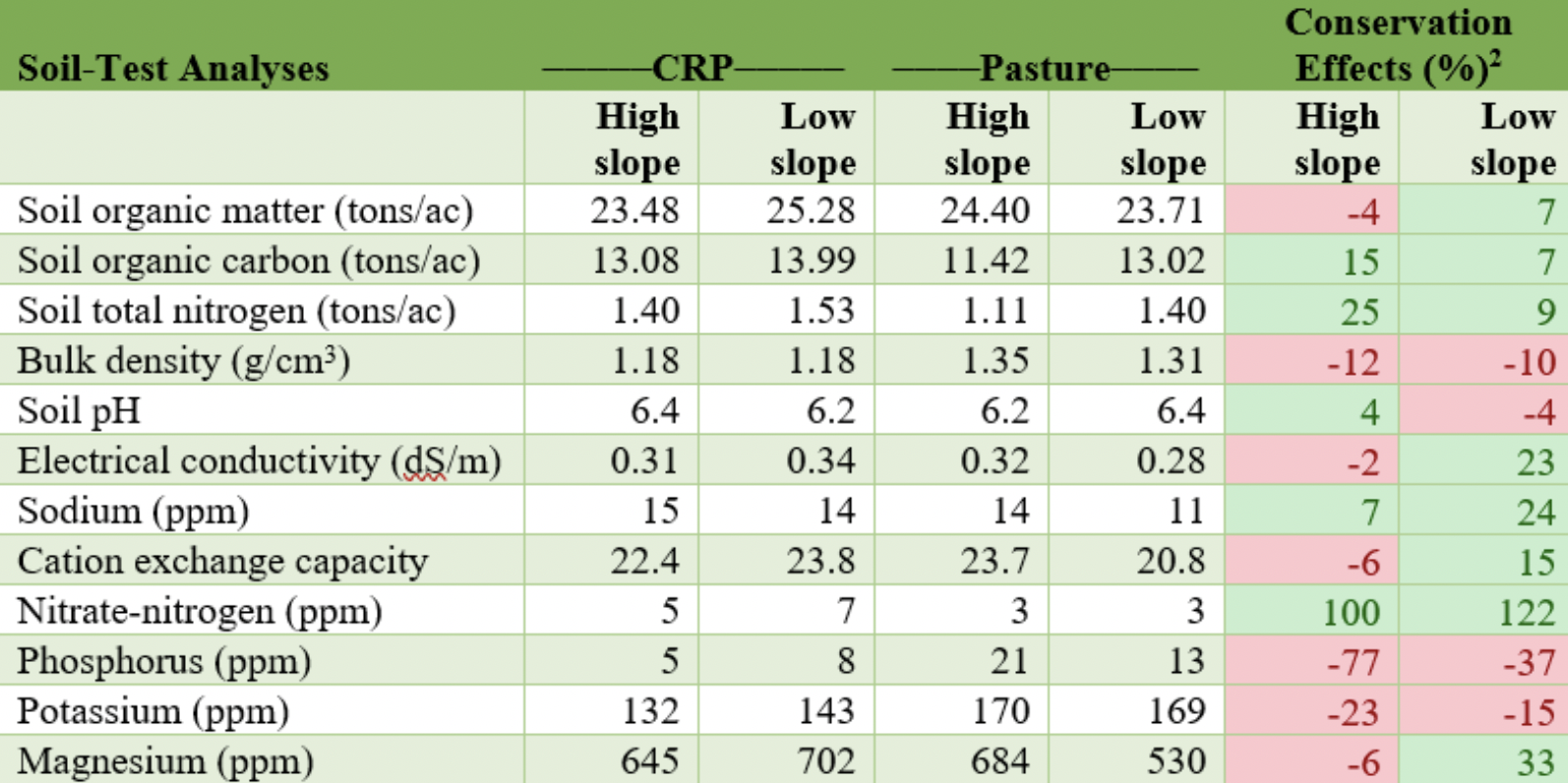
Soil Health Report Components
—
Soil health summary with graph of overall soil quality index; Soil analyses tables for CRP and pasture with conservation effects; Soil biology summary including carbon, soil enzyme activity and extractable soil protein; Soil erosion risk scenarios for CRP and pasture cross-referenced with high or low slope.

